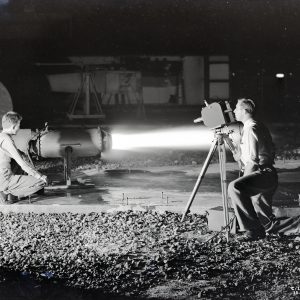
1947 Lewis Inspection
The first Inspection at the Cleveland laboratory, held in October 1947, emphasized issues pertaining to post-war development of the turbojet engine.
The Lewis Laboratory’s June 1954 Inspection emphasized the NACA’s role in the Cold War, while demonstrating the new Propulsion Systems Laboratory and its growing rocket research.
The Cold War was a theme central to the June 2 to 4, 1954, Inspection of the Lewis Flight Propulsion Laboratory, Lewis’s first since 1951. The recent death of Joseph Stalin and the end of the Korean War did little to ease the relations with the Soviet Union. In his opening remarks, NACA Secretary John Victory noted, “The race for air supremacy is on. The scientific war is on. These are the days in which we will lay our plans for survival or build our own tombs.” The NACA’s contributions were critical to the continued increases in U.S. aircraft’s speeds and altitudes as well as to the issues concerning the first missile systems.
During the 1954 Inspection Lewis highlighted its new Propulsion Systems Laboratory, which was the Nation’s most powerful altitude testing facility for engines. Lewis was also pursuing issues related to high-speed flight. This included transonic compressors, aerodynamic heating on missiles, ramjet engines, and turbine cooling. Although Lewis remained focused on aircraft propulsion, the lab expanded its high-energy propellants and nuclear propulsion research. Lewis’s first liquid hydrogen-liquid oxygen rocket firing took place just months after the Inspection. Researchers also highlighted their efforts on the extensive Crash Fire Test Program and reverse thrusters. Langley and Ames showcased their aerodynamics and flow visualization work.
The 1954 Inspection was the first of the NACA’s Triennial Inspections. The NACA instructed Lewis, Langley, and Ames to rotate their Inspections so that each laboratory would hold one every 3 years. The 1954 Lewis Inspection attracted 995 guests. The laboratory held its open house for employees and their families the following Sunday. The 4374 visitors toured nearly all of the laboratory’s facilities and heard a reprise of the Inspection presentations. Wilson Hunter again supervised all preparations.
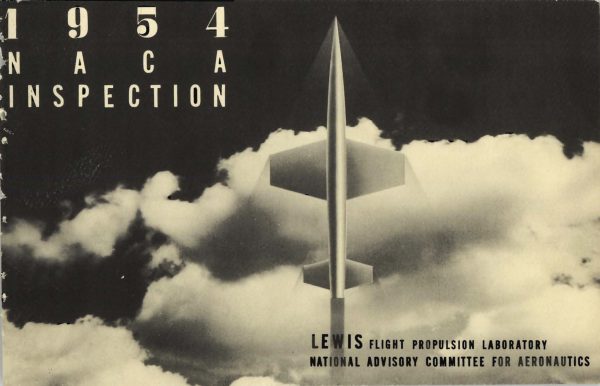

The first Inspection at the Cleveland laboratory, held in October 1947, emphasized issues pertaining to post-war development of the turbojet engine.
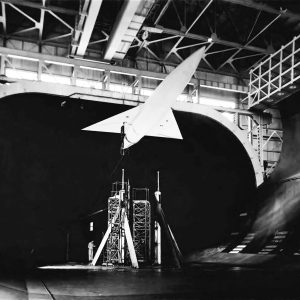
The July 1948 Inspection at the Ames Laboratory highlighted the facility’s new wind tunnels and work on heat transfer and aircraft control systems.
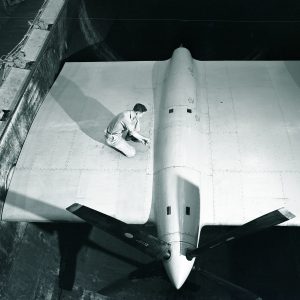
During the September 1948 Inspection, the NACA renamed its Cleveland laboratory in honor of the recently deceased George W. Lewis.
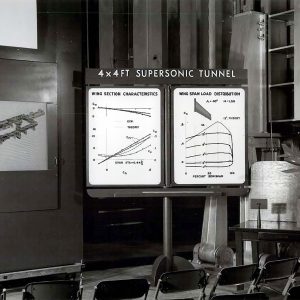
Langley’s biennial Inspection in May 1949 featured its recent work in high-speed aerodynamics, particularly in the transonic stage.
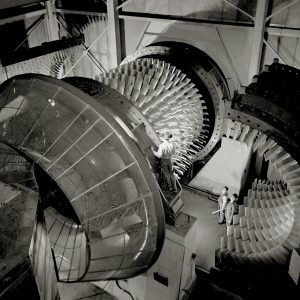
At the September 1949 Inspection, the NACA unveiled Lewis’ recently completed 8-by 6-Foot Supersonic Wind Tunnel and a new style of presenting the technical information in a more understandable manner.
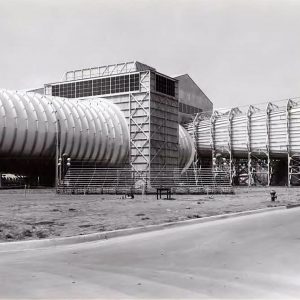
The July 1950 biennial Inspection at the Ames Laboratory’s took place shortly after the onset of the Korean War and signaled the beginning of the NACA’s transition into missile and rocket research.
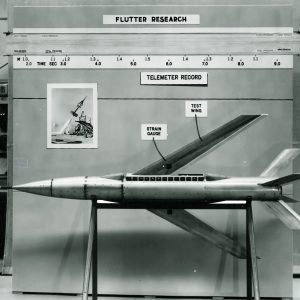
Langley’s 1951 biennial Inspection addressed tools necessary for transonic research and efforts to transition from manual data computations to mechanical and digital computers.
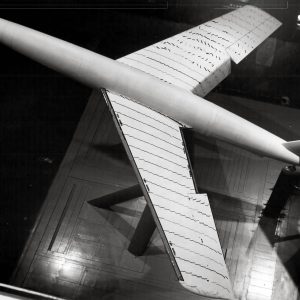
Increasing Cold War security concerns led to a reduction of technical information on display during the July 1952 Inspection at Ames.
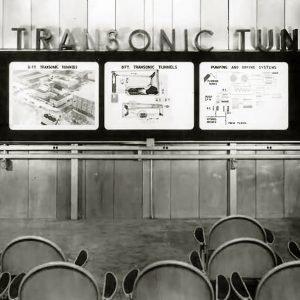
The Langley Laboratory featured its helicopter research during the biennial Inspection in May 1953.
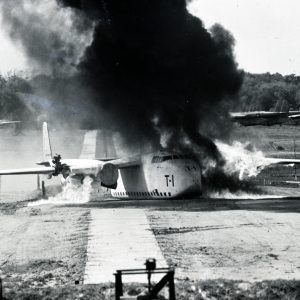
The Lewis Laboratory’s June 1954 Inspection emphasized the NACA’s role in the Cold War, while demonstrating the new Propulsion Systems Laboratory and its growing rocket research.
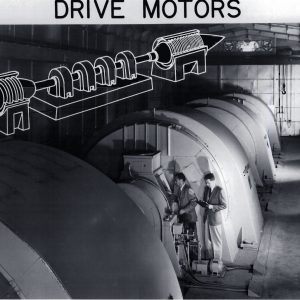
The talks at the June 1955 Inspection of the Ames Laboratory revealed that the more advanced aircraft of the future required the same type of NACA research as previous generations.
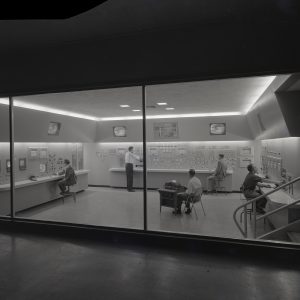
The May 1956 Inspection was dedicated entirely to the Lewis Laboratory’s new Unitary Plan Tunnel (the 10- by 10-Foot Supersonic Wind Tunnel).
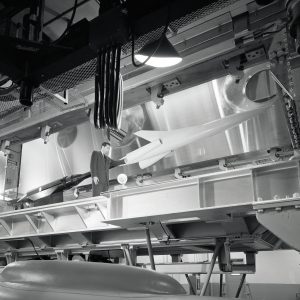
The October 1957 Inspection at the Lewis Laboratory ushered the NACA into the space age and signaled the beginning of the end for the agency.
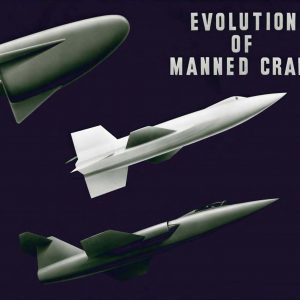
The July 1958 Inspection at Ames was both the laboratory’s final Inspection and the final Inspection of the NACA era.
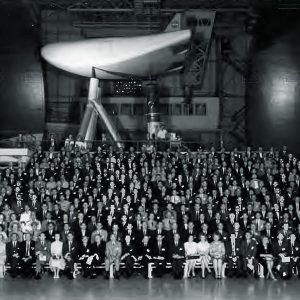
NASA’s first Inspection, held at Langley in May 1964, emphasized the role the former NACA labs were playing in the new Office of Advanced Research and Technology (OART).
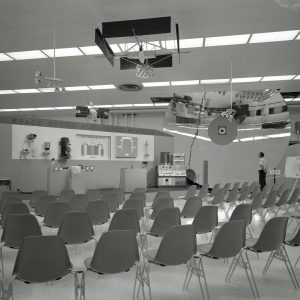
Lewis Research Center held an Inspection in October 1966 to mark its 25th anniversary and demonstrate both its space research and resurgent aeropropulsion work.
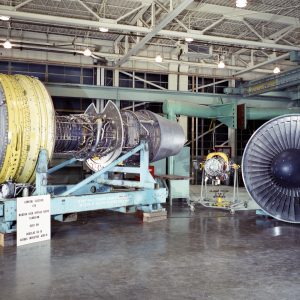
NASA’s final Inspection, held at Lewis in September 1973, sought to demonstrate a wide variety a civilian applications for NASA technology.